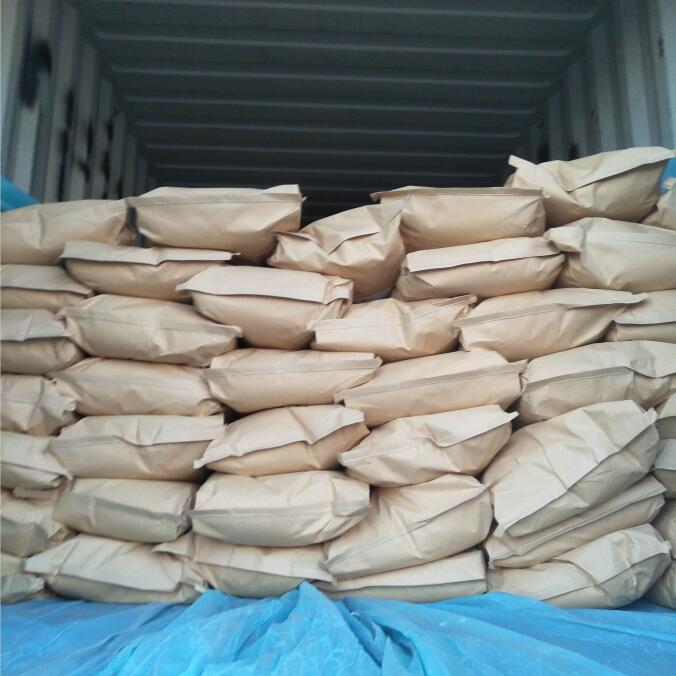
Sodium Acid Pyrophosphate, often abbreviated as SAPP, is a versatile food additive that plays a crucial role in the seafood industry. Its ability to enhance freshness and flavor makes it indispensable for seafood products. In this article, we will delve into the essential uses of SAPP food grade in seafood, exploring how it improves both the quality and taste of these aquatic delicacies.
Enhancing Freshness with Sodium Acid Pyrophosphate
Preventing Discoloration
One of the primary uses of Sodium Acid Pyrophosphate in seafood is to prevent discoloration. When seafood is exposed to air, it can undergo oxidation, leading to unsightly browning. SAPP acts as an antioxidant, inhibiting this process and keeping the seafood looking fresh and appealing. This is particularly important for products like shrimp and scallops, where appearance plays a significant role in consumer choice.
Maintaining Moisture Content
Another critical aspect of seafood freshness is moisture retention. Sodium Acid Pyrophosphate helps to maintain the moisture content in seafood products, preventing them from drying out during storage and transportation. This ensures that the seafood remains succulent and tender, enhancing the overall eating experience for consumers.
Extending Shelf Life
SAPP also plays a vital role in extending the shelf life of seafood products. By inhibiting microbial growth and reducing spoilage, it allows seafood to stay fresh for longer periods. This is particularly beneficial for seafood suppliers and retailers, as it reduces waste and ensures that consumers receive high-quality products.
Improving Flavor with Sodium Acid Pyrophosphate
Enhancing Natural Flavors
Sodium Acid Pyrophosphate is not just about preserving freshness; it also enhances the natural flavors of seafood. By stabilizing the pH levels, SAPP ensures that the seafood retains its original taste, making it more enjoyable for consumers. This is especially important for delicate seafood varieties like crab and lobster, where subtle flavors can easily be lost.
Reducing Off-Flavors
In addition to enhancing natural flavors, SAPP helps to reduce off-flavors that can develop during storage. These off-flavors are often caused by the breakdown of proteins and fats, leading to an unpleasant taste. Sodium Acid Pyrophosphate mitigates this issue by stabilizing the proteins and fats, ensuring that the seafood retains its desirable taste profile.
Improving Texture
Texture is another crucial aspect of seafood quality, and SAPP plays a significant role in improving it. By maintaining the structural integrity of the seafood, Sodium Acid Pyrophosphate ensures that the texture remains firm and appealing. This is particularly important for products like fish fillets and squid, where texture is a key factor in consumer satisfaction.
Applications of SAPP in Seafood Processing
Frozen Seafood
In the frozen seafood industry, Sodium Acid Pyrophosphate is widely used to prevent the formation of ice crystals. These crystals can damage the texture and appearance of the seafood, leading to a lower quality product. By incorporating SAPP, processors can ensure that the seafood remains in optimal condition, even after freezing and thawing.
Canned Seafood
Canned seafood products also benefit from the use of SAPP. It helps to maintain the color, flavor, and texture of the seafood during the canning process, ensuring that the final product is of high quality. This is particularly important for products like canned tuna and salmon, where consumers expect a consistent and enjoyable eating experience.
Marinated Seafood
For marinated seafood products, Sodium Acid Pyrophosphate plays a crucial role in maintaining the desired flavor profile. It helps to stabilize the marinade, ensuring that the seafood absorbs the flavors evenly. This results in a more flavorful and enjoyable product for consumers.
Conclusion
In conclusion, Sodium Acid Pyrophosphate is an essential additive in the seafood industry, offering numerous benefits in terms of freshness and flavor. From preventing discoloration and maintaining moisture content to enhancing natural flavors and improving texture, SAPP plays a vital role in ensuring that seafood products meet the high standards expected by consumers. Its applications in frozen, canned, and marinated seafood further highlight its versatility and importance. As the demand for high-quality seafood continues to grow, the role of Sodium Acid Pyrophosphate in the industry will undoubtedly remain significant.









